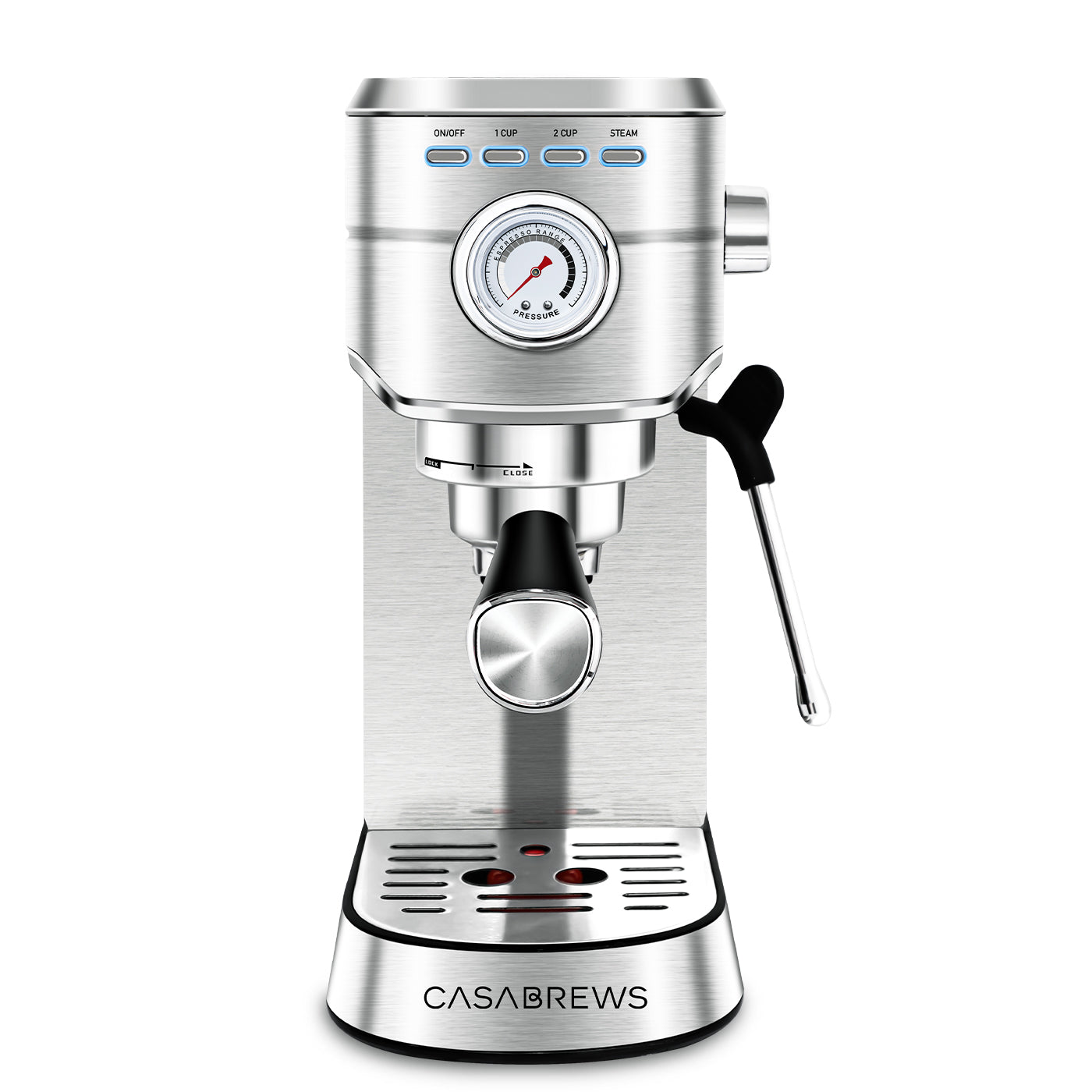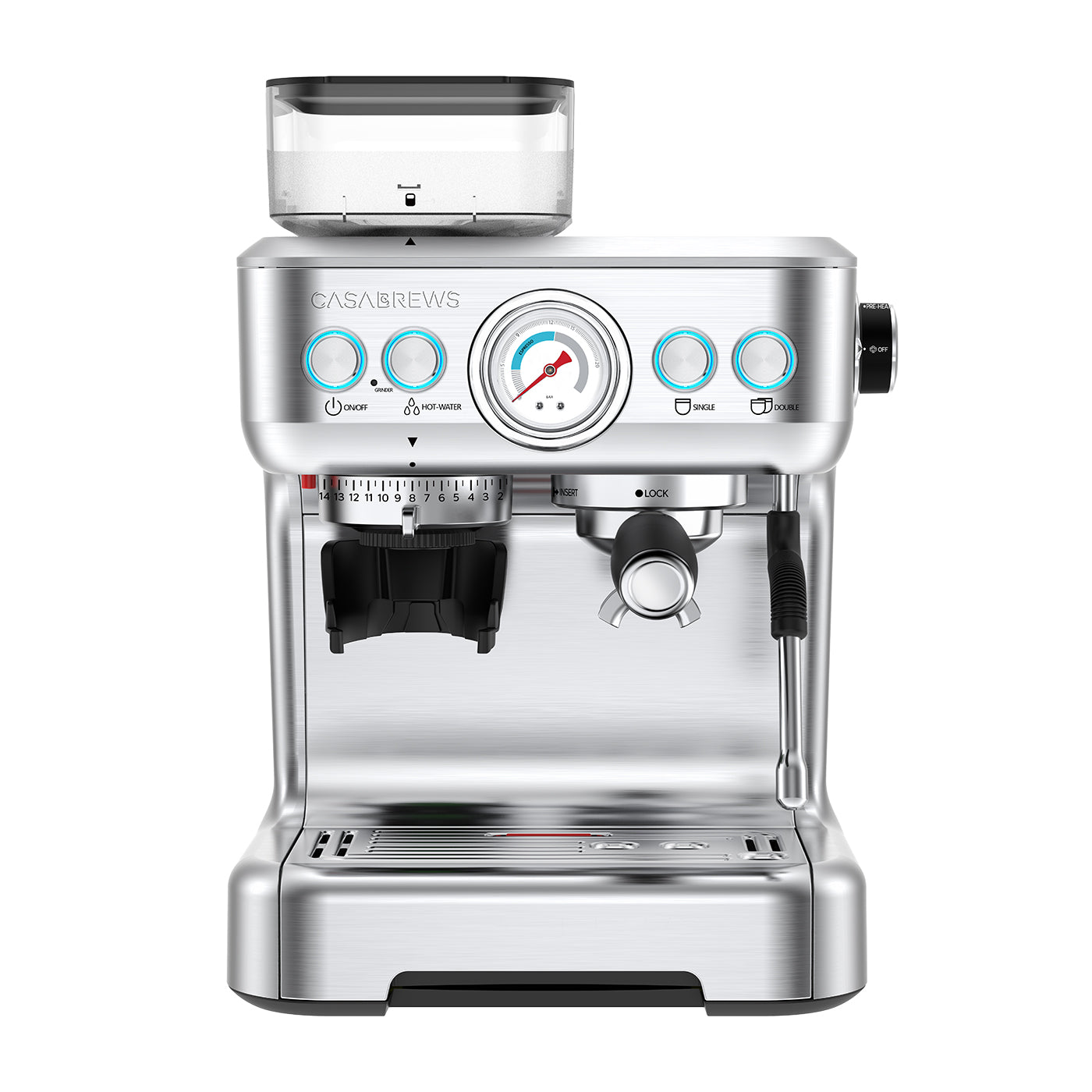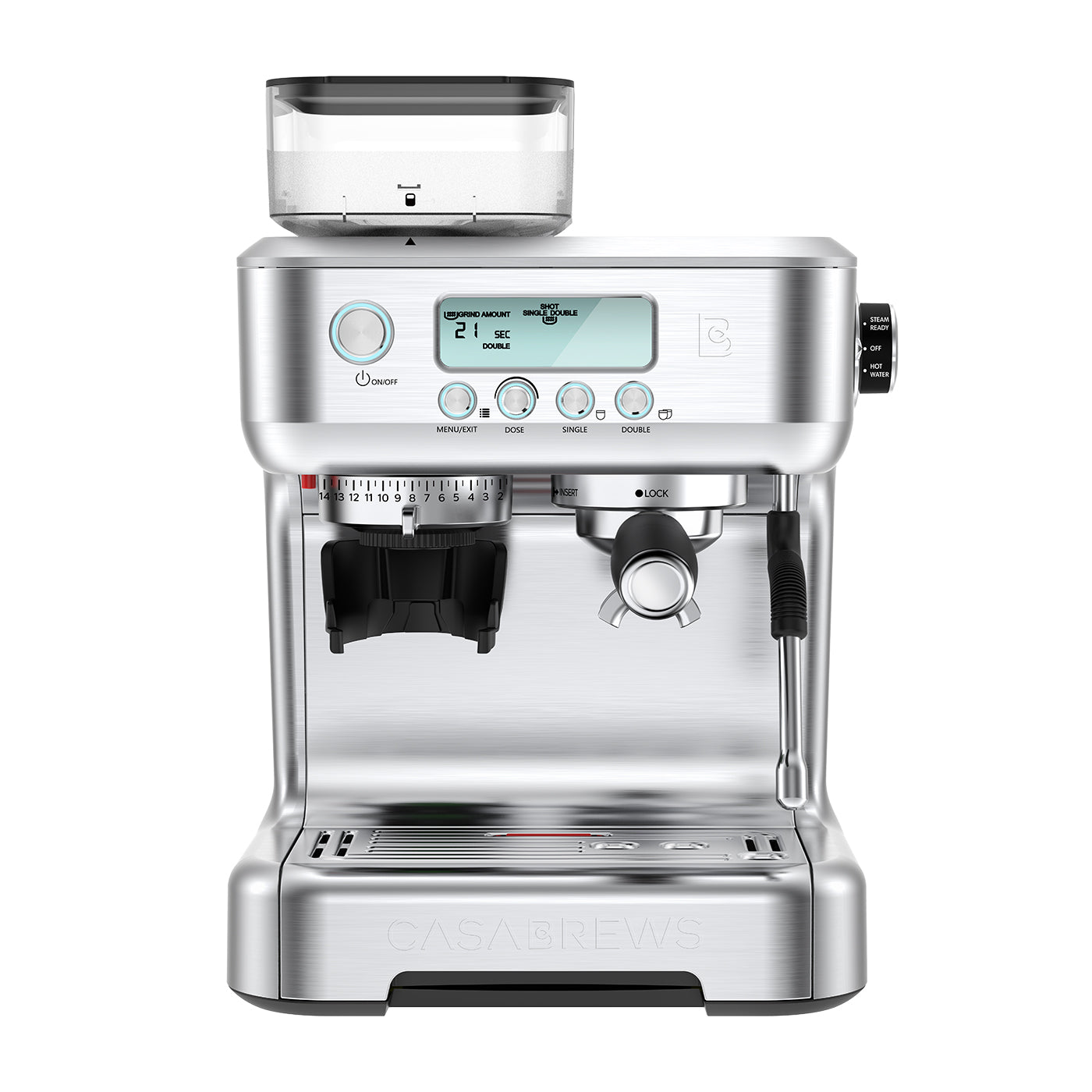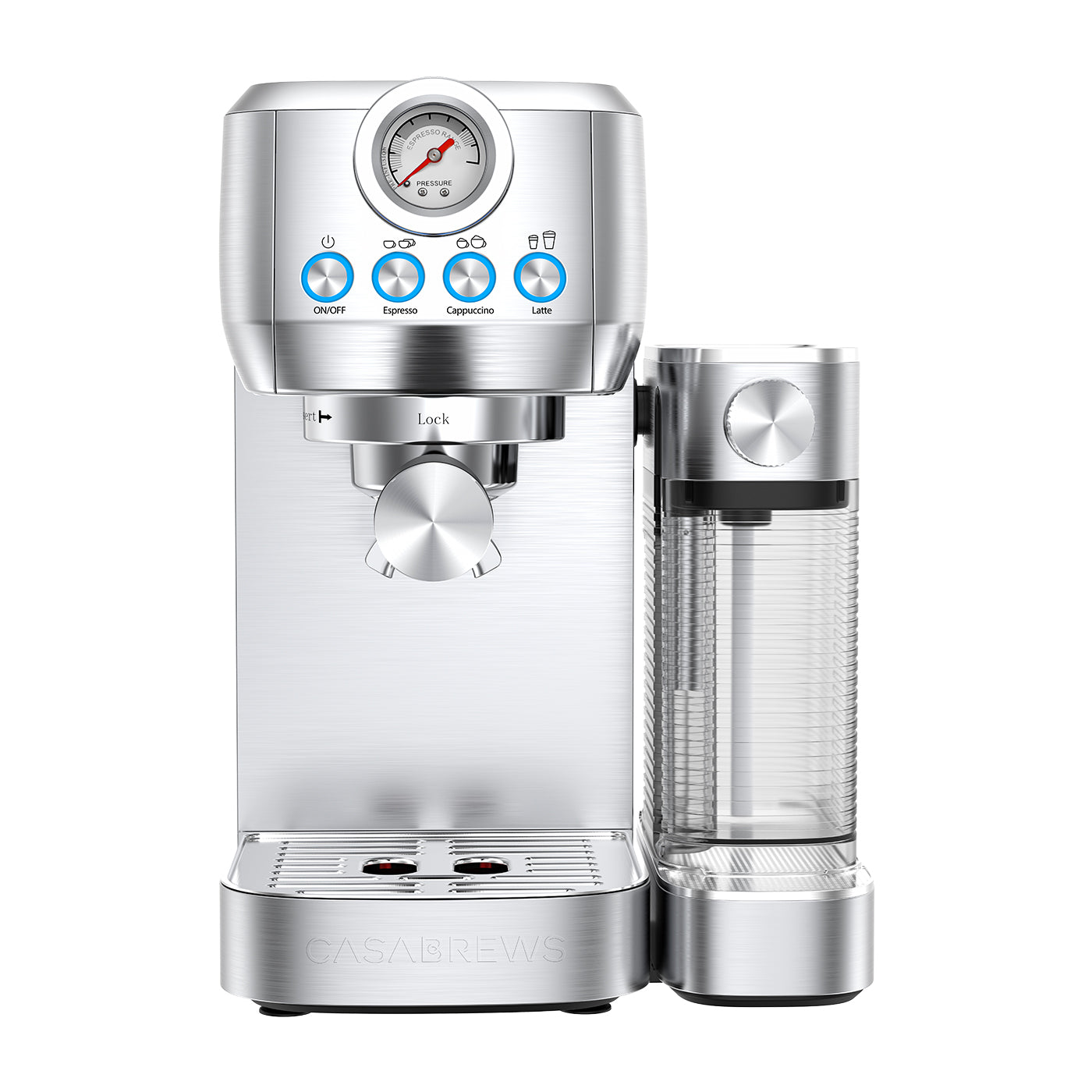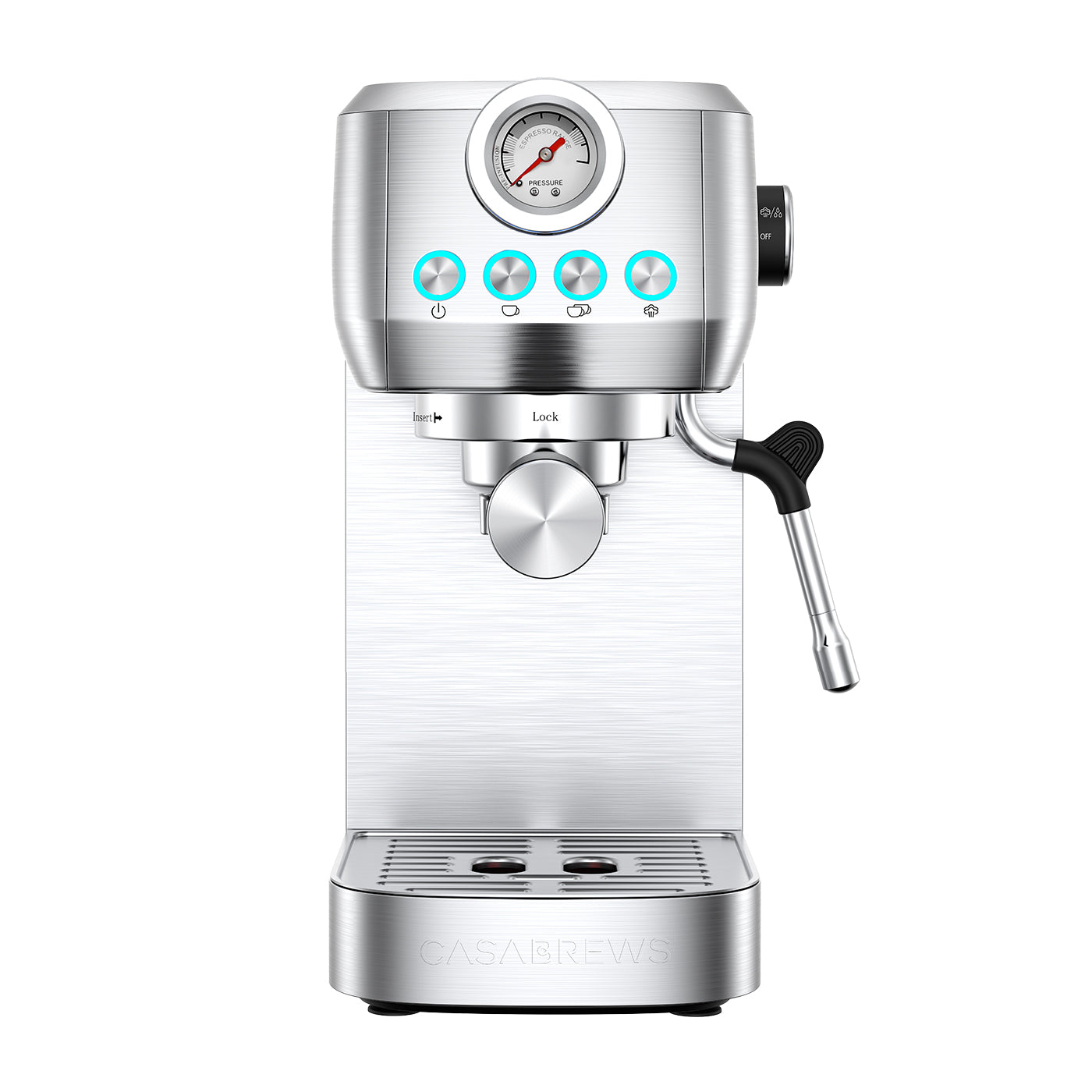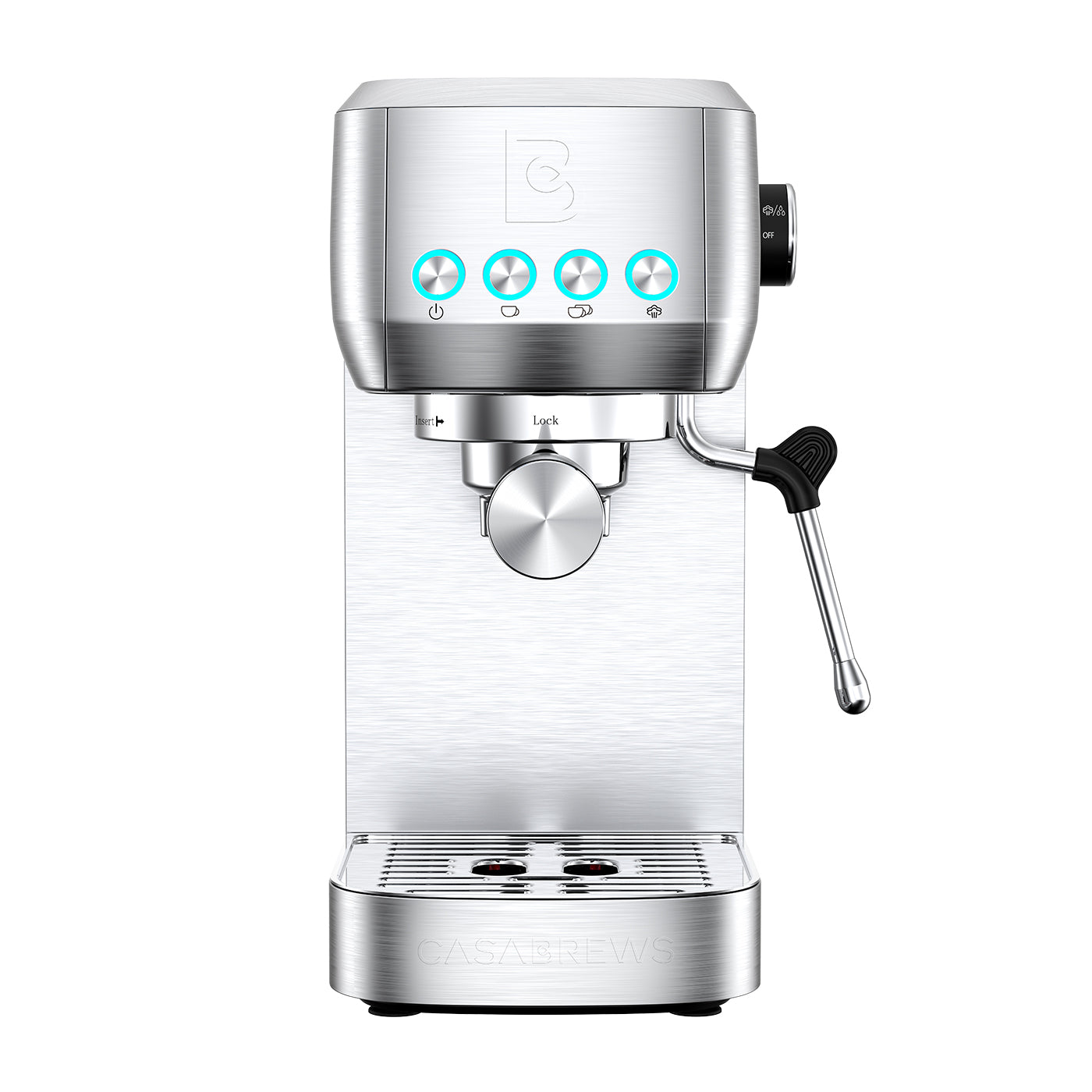What Is a PID Controlled Espresso Machine?
Coffee Lovers: hear, hear! Temperature is paramount to a good cup of joe. Even the fanciest espresso machines wouldn’t be so great if they produced a lukewarm cup of espresso. That’s why every machine has built-in digital temperature control, otherwise known as PID, or PID controller.
What is a PID?
PID stands for Proportional Integral Derivative. Don’t get dismayed by the name, though. It’s simply a temperature controller placed inside an espresso machine.
A PID controller works by utilizing an algorithm to regulate the temperature throughout the brewing process and results in a perfectly heated cup of coffee. As coffee enthusiasts will point out, the perfect cup demands a water temperature between 195-205 degrees Fahrenheit.

What’s the purpose of a PID?
The PID is a controller or control loop feedback mechanism that monitors the exact temperature needed for an 8oz cup of coffee. Depending on various factors a person may not consider, the controller changes in temperature.
For instance, if someone opens a window and a cold gust of wind blows by the espresso machine, the PID will adjust. Or, if the power supply is experiencing a surge of energy, the espresso machine will be affected. If there were no PID or it was malfunctioning, the water temperature would alter. The temperature change affects the taste and drinking experience of the espresso.
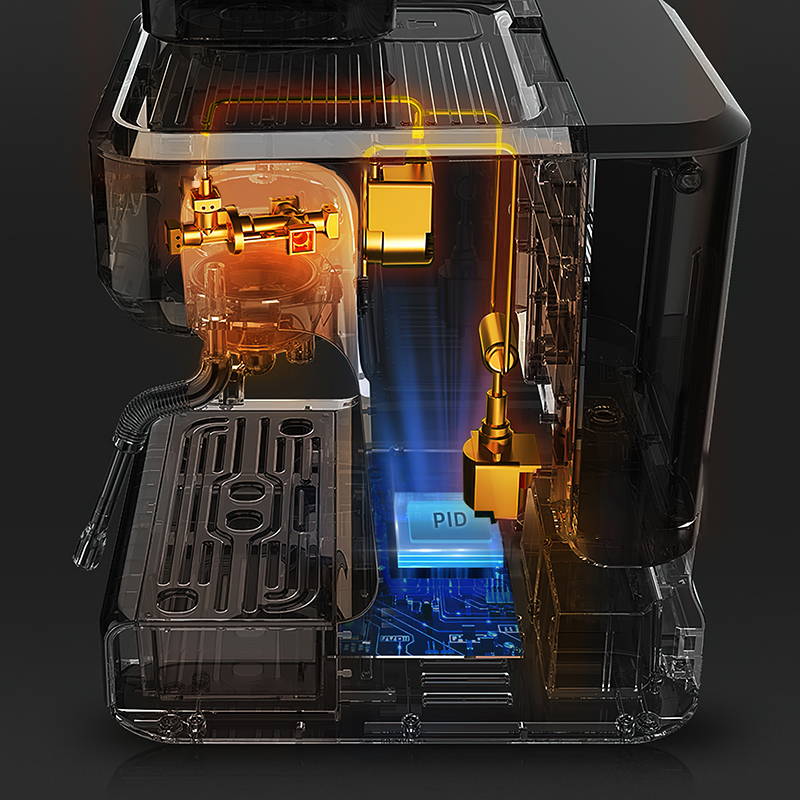
How else does the PID help?
The PID stays one step ahead of the random environmental changes around the espresso machine and keeps the temperature under control before it goes out of wack. Most PID controllers will allow you to manually adjust the temperature and affect the brew’s taste.
Because every coffee bean requires a different ideal brew temperature, the PID temperature adjuster comes in handy.
Having a PID temperature adjuster for espresso has the most impact, and can also be used to alter the steam boiler’s temperature. To enhance the steam performance of your espresso machine, you can increase or decrease the steam boiler temperature. Higher temperature releases greater steam pressure. Lower temperature lets out less steam pressure. With a PID, you can fine-tune the steaming process.

How does a PID controller function?
PID controllers work because their proportional, integral, and derivative terms can be individually adjusted or fine-tuned.
Each element of a PID controller, whether proportional, integral or derivative, relates to a change in temperature versus a set and consistent temperature at one period of time.
● Their proportional element is a comparison between two different temperatures.
● Their integral element refers to the main temperature that the PID constantly goes back to after fluctuations–it’s the most consistent temperature.
● The derivative element predicts the future of the temperature and how high or low it might become and adjusts to counteract it.

You can manually adjust the proportional, integral, and derivative terms on your PID. Once doing so, the espresso machine will be able to automatically regulate the internal temperature so it can stay consistent to make an incredible cup of joe, at any time.

